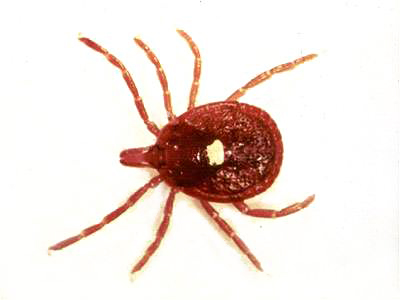State Parks: Goose Island Expansion
Friday, June 22nd, 2012This is Passport to Texas
At more than a thousand years old, the Big Tree growing in Goose Island state park is the oldest coastal live oak tree in the United States. It was already five hundred years old when Columbus landed on this continent. And our State Park guide Bryan Frazier says the area around this ancient oak is expanding.
51—The Big Tree Ranch, which has historically encircled the big tree six acre property of the state park, will now become part of the state park. So, Goose Island State Park has expanded by about 70 acres. Ultimately this was the result of some dollars that became available from the oil spill in the Gulf of Mexico, and we’re putting those funds to use to not only add some more green space in and around the Big Tree, but also an area of habitat in that peninsula that goes out into the bay that’s prime whooping crane habitat, and one of the few areas where people can see those endangered whooping cranes. So, it’s a win-win for everybody. And Goose Island is historically a very popular park with Texans and Winter Texans. And so, it’s a great place to go to get along the coast for some birding and great fishing. And now, it’s even bigger and even better.
Thanks Bryan
That’s our show for today…with funding provided by Chevrolet, supporting outdoor recreation in Texas; because there’s life to be done.
For Texas Parks and Wildlife I’m Cecilia Nasti.



 Passport to Texas is a
Passport to Texas is a  Passport to Texas is made available by:
Passport to Texas is made available by: